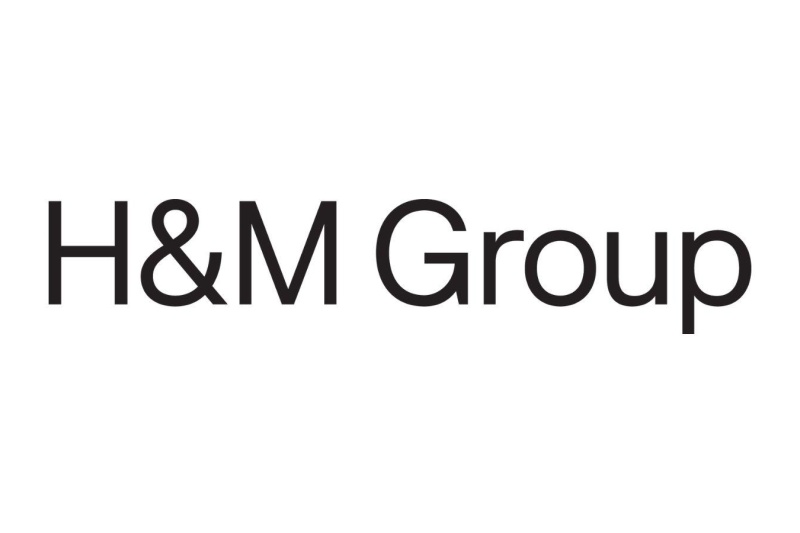
Unpacking portfolio alignment: Science-based practices in temperature measurement
21st Jul 2021
By the SBTi Finance Team
The concept of portfolio alignment is becoming increasingly popular as more financial institutions seek to align their financing with the goals of the Paris Agreement. Portfolio alignment tools are used to generate metrics to determine the overall level of alignment of a portfolio, by assessing the performance of its individual companies. While many tools exist, there is still ambivalence around the best metric to assess alignment and comparing the resulting outputs, especially implied temperature rise metrics.
A recent important step on this issue was the TCFD’s newly Proposed Guidance on Climate-related Metrics, Targets, and Transition Plans that recommends for the first time financial institutions measure and disclose the alignment of their portfolios with the goals of the Paris Agreement using forward-looking metrics. The TCFD’s initiative to harmonize and promote portfolio alignment metrics for financial institutions is a necessary step to improving their credibility and wider acceptance. While the recommendations help to provide clarity and tools to drive convergence, the requirement to build single scenario, intensity based benchmarks is not clearly science-based and could cause the misrepresentation of companies and portfolios in terms of their alignment to the Paris Agreement.
What are portfolio alignment metrics?
Portfolio alignment metrics can be used to quantify the baseline status of portfolios, where the companies can either be considered aligned based on the ambition of their public GHG emissions reduction targets, or still misaligned, either because they have no targets to reduce GHG emissions or because their current targets are not ambitious enough. These metrics can then act as an input to set targets and achieve alignment at the portfolio level.
Disclosure by financial institutions on the alignment of their portfolio with the goals of the Paris Agreement is important to progress as well as to use these metrics to set science-based and ambitious portfolio-level targets. Two of the SBTi’s target setting methods for financial institutions, portfolio coverage and temperature rating, rely on different forms of portfolio alignment metrics as key inputs.
It is particularly important that portfolio alignment methods are transparent and practical to implement. Robust benchmark construction and using the appropriate units for the evaluation of companies are essential to ensure consistent and credible outputs. Therefore, the choice of scenario is one of the most sensitive parameters to determine the ultimate alignment of a company, the harmonization of methods, and the benchmarking between ratings. Building benchmarks using multiple climate scenarios ensures robustness and stability over time that avoids the inherent bias of assessing companies against benchmarks built on a single climate scenario. Multiple scenario approaches are therefore key to having greater comparability between company assessments.
In addition, methods based on economic intensity approaches can often lead to high absolute increases in emissions when used by fast-growing companies, taking us further from the goals of the Paris Agreement. Therefore, evaluating the performance of companies should be completed on an absolute or physical intensity basis. Tying performance to physical intensity or absolute emissions is key to ensuring that company alignment accurately reflects actual emission reductions, whereas there is currently insufficient evidence to support the use of economic intensity approaches to give credible assessments of company performance.
Using multiple scenarios creates more comprehensive portfolios
To maintain momentum and consistency, it is important for companies to be assessed comprehensively and accurately. Single standards of alignment could not only reduce the incentives to set targets, but also amplify the divergence in alignment ratings because it exposes users to the inherent bias of relying on any one scenario. Alternatively, an envelope approach helps standardize results based on a credible selection of scenarios.
Transparent, science-based methods are essential to provide the trust and certainty required of these new tools to ensure their wider adoption and uptake. This will help to guide financial institutions to align their own portfolios in a manner that can achieve the goals of the Paris Agreement by sufficiently decreasing emissions amongst the corporate sector.
The SBTi promotes the widespread adoption of more consistent, robust, and decision-useful portfolio alignment approaches. As a user of implied temperature rise metrics, the SBTi hopes to see more transparency across method developers in order to better evaluate methods for their inclusion in the SBTi framework for financial institutions. Consistent and credible approaches to benchmark construction and company assessments remain foundational to corporate climate action.
You can view the full SBTi feedback here.



